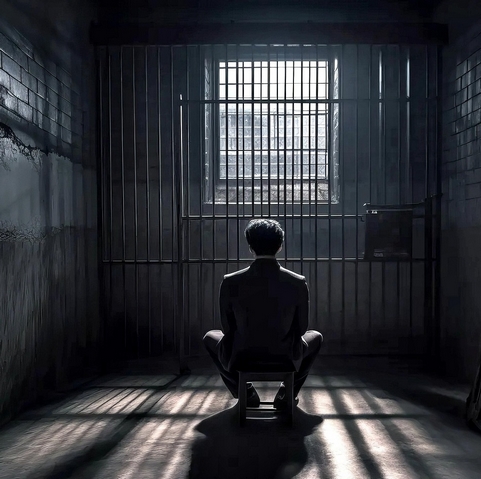The Arbitrary Injustice of Involuntary Commitment
The Arbitrary Injustice of Involuntary Commitment By Robert Carter/October 5, 2025 A study of Allegheny County, Pennsylvania, involuntary hospitalizations published this July as a Federal Reserve Bank of New York staff report shows just how arbitrary the application of involuntary commitment laws can be. The scientifically valid study reviewed 16,630 evaluations for involuntary hospitalization done by 424 physicians at 14 hospitals in Allegheny County, Pennsylvania, from 2013 to 2023. Pennsylvania law allows police, medical professionals, social workers, family members, friends, colleagues, and even neighbors to call a public hotline to ask for another person to be evaluated for involuntary hospitalization. In other words, even the people most unqualified to asses the mental stability of another can unleash the cops on anyone they wish to. This study found that an unbelievable 84% of those 16,630 people reported as needing involuntary hospitalization were taken under force to local hospital emergency rooms and evaluated by a psychiatrist or physician. Only about a thousand of them were released. The remaining 13,000 were forced into involuntary incarceration in a psychiatric ward or psychiatric hospital for up to five days. As arbitrary as the original reports were about these people who the cops dragged to the hospital ERs, their treatment by the psychiatrists they saw there was hardly less arbitrary. The study found that forty-six of the psychiatrists or physicians at the ERs involuntarily committed every single person they saw. Other physicians committed only one out of every ten patients who were brought to them. The arbitrary nature of involuntary commitment decisions for these people did not improve for them when they were sent to court, if they resisted their incarceration. Almost five thousand of those people had their five day enforced incarcerations extended to at least twenty days, or more, through court hearings. A judge without any formal mental health training or background was allowed to rule on the sanity of these individuals and their danger to themselves or others. Although much public outcry has been made about how the homeless are affected by mental disorder, and about the danger they are to themselves and to others, only 3 percent of those brought to the ER had ever been to a homeless shelter. That means that 97% of those picked up by the police were, as the study’s authors wrote, those individuals who were often “actively engaged in society, including through formal employment.” Even worse than all that injustice, these researchers also found that “involuntary hospitalization increases the probability of being charged with a violent crime by 2.6 percentage points and increases the probability of death by suicide or overdose by 1.0 percentage point in the three months following an evaluation.” In other words the arbitrary involuntary incarceration of an individual only increases their chances of harming themselves or others. That goes beyond mere injustice. That’s evil.








